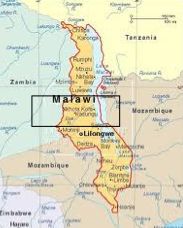Chimblani Primary School Completed on December 31, 2011!

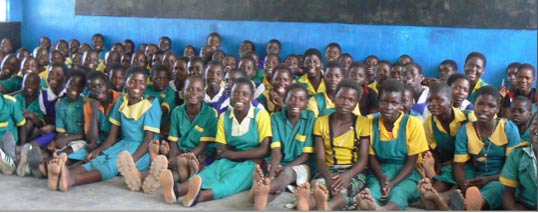
Inside the school before the furniture arrives….
This school project broke ground on November 11, 2011 and was completed on December 31, 2011.
Chimbalani Community Profile
Chimbalani is a large village of 6, 279 people (897 families) located in Kasungu district in the central region of Malawi. The Chewa, Yao and Tumbuka tribes are represented in this community. Chimbalani is 45 km from the buildOn office in Kasungu. The closest medical clinic is 10 km from Chimbalani in Santhe, and villagers reach it on foot or by bicycle or ox cart. There are several good wells in the village providing potable water, but no electricity.
Agriculture is the primary incoming generating activity in Chimbalani, where farmers grow maize, cassava and groundnuts to eat and sell as well as Malawi’s most popular cash crop: tobacco. Some families have also established small businesses selling fish from the nearby Bua River or meat (beef, pork or goat) they butcher themselves. The climate in Chimbalani is typical of Malawi’s central region, with a warm dry season from August to November and a cooler rainy season from December to April.
Agriculture is the primary incoming generating activity in Chimbalani, where farmers grow maize, cassava and groundnuts to eat and sell as well as Malawi’s most popular cash crop: tobacco. Some families have also established small businesses selling fish from the nearby Bua River or meat (beef, pork or goat) they butcher themselves. The climate in Chimbalani is typical of Malawi’s central region, with a warm dry season from August to November and a cooler rainy season from December to April.
Prior School Conditions
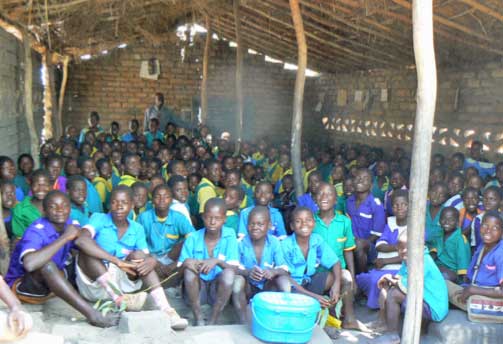
One of the prior temporary schools in Chimbalani
There were 490 students (250 girls and 240 boys) enrolled in grades 1 through 6 in Chimbalani. They studied with just 3 teachers assigned to Chimbalani by the Ministry of Education. Formal education has been available in Chimbalani since the 1980s, but there were no permanent classrooms in the village.
Classes were taught in two mud brick structures, one with a metal roof and the other with a temporary thatched roof patched with plastic. Hundreds of students cram into each shelter every weekday, and many more children in Chimbalani don’t attend school at all due to the lack of infrastructure. After finishing 6th grade older students who are able to continue their education walk 8 km to the nearest school- a one hour journey each way.
Classes were taught in two mud brick structures, one with a metal roof and the other with a temporary thatched roof patched with plastic. Hundreds of students cram into each shelter every weekday, and many more children in Chimbalani don’t attend school at all due to the lack of infrastructure. After finishing 6th grade older students who are able to continue their education walk 8 km to the nearest school- a one hour journey each way.
Education is very important for all our children because educated people are more likely to find employment or become self-employed, which in turn leads to community development.
Fredric S. Nkhoma, age 50, left school in the 7th grade
I will help build this school because it is a great help to our children, who will be future leaders of our community and of the entire nation.
Village Headman Chiyanjanitsa Kandodo Kajani
Project Details
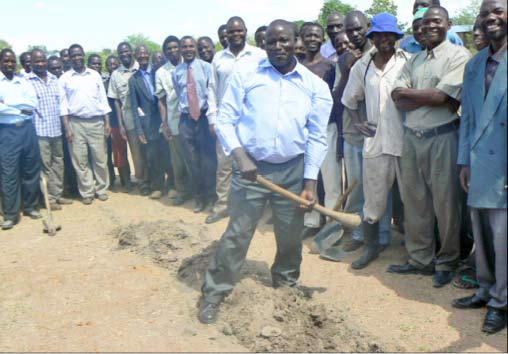
Groundbreaking Day
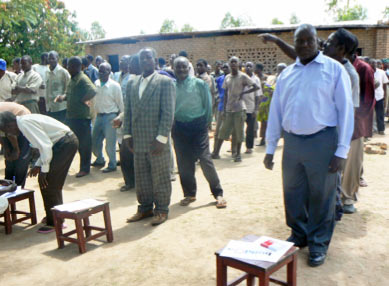
Daily Work Lineup
The people of Chimbalani contributed a total of 3,219 volunteer workdays to the project, finishing 12 days ahead of schedule. Before starting construction they also gathered local materials for the project, molded and fired more than 250,000 clay bricks, and met with buildOn staff to sign a covenant outlining the following responsibilities:
Community Contribution
• Unskilled labor: 30 workers (15 women and 15 men) per day, six days per week
• Commitment to education girls and boys equally
• The land on which the school is built
• High quality local materials: sand, gravel, water & rocks
• Volunteer management committee made up of 12 villagers (six women, six men)
• Lodging for buildOn Field Coordinator and skilled laborers in local homes
• Basic construction tools (shovels, picks, wheelbarrows, buckets, etc.) when available
buildOn Contribution
• Engineering and architecture
• Construction materials (excluding local materials) for school and latrine
• Skilled labor and plans needed to build the school
• Project management (buildOn coordinators)
• Instruction in basic construction techniques
Community Contribution
• Unskilled labor: 30 workers (15 women and 15 men) per day, six days per week
• Commitment to education girls and boys equally
• The land on which the school is built
• High quality local materials: sand, gravel, water & rocks
• Volunteer management committee made up of 12 villagers (six women, six men)
• Lodging for buildOn Field Coordinator and skilled laborers in local homes
• Basic construction tools (shovels, picks, wheelbarrows, buckets, etc.) when available
buildOn Contribution
• Engineering and architecture
• Construction materials (excluding local materials) for school and latrine
• Skilled labor and plans needed to build the school
• Project management (buildOn coordinators)
• Instruction in basic construction techniques
